Home>Gardening & Outdoor>Plant Care & Gardening Tips>How To Plant Native Plants To Attract Pollinators
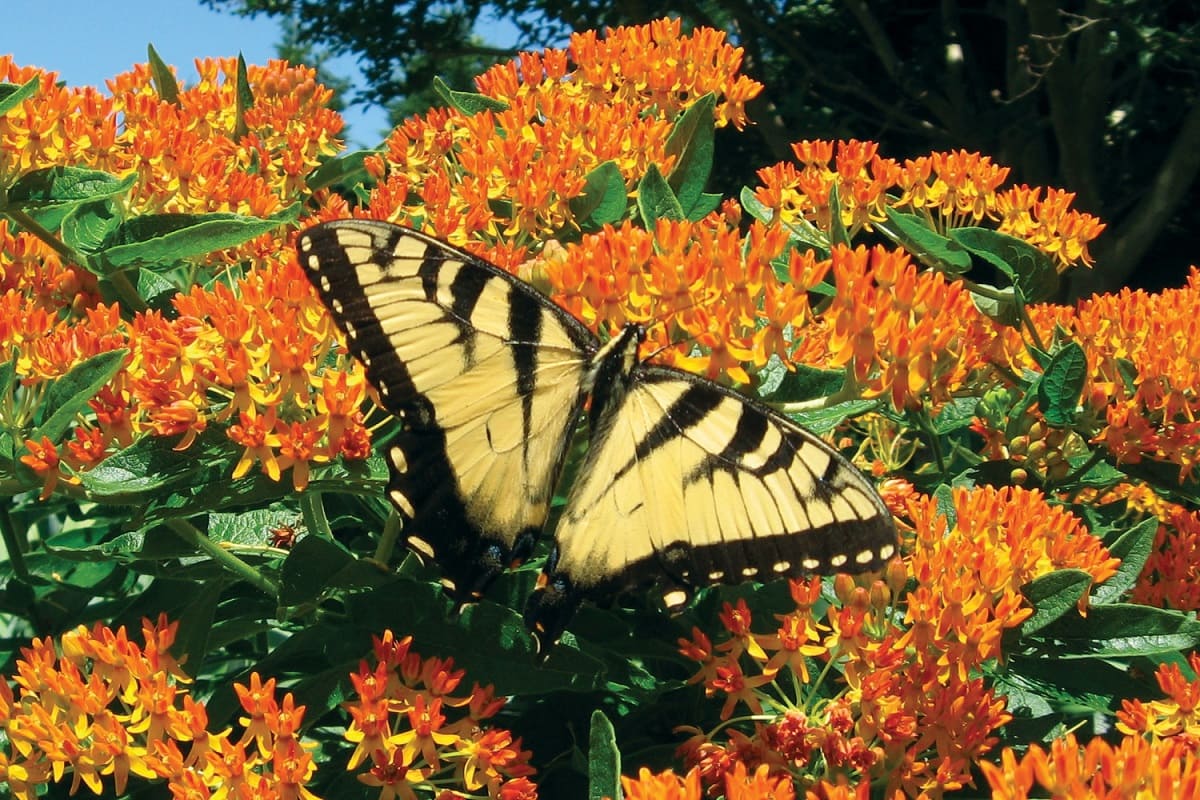

Plant Care & Gardening Tips
How To Plant Native Plants To Attract Pollinators
Modified: January 4, 2024
Learn how to plant native plants to attract pollinators with expert plant care and gardening tips. Create a vibrant and eco-friendly garden today!
(Many of the links in this article redirect to a specific reviewed product. Your purchase of these products through affiliate links helps to generate commission for Storables.com, at no extra cost. Learn more)
Introduction
Biodiversity and Ecosystem Health: The Role of Native Plants
Planting native plants is a powerful way to contribute to the health of our environment. Not only do native plants enhance the beauty of our gardens, but they also play a crucial role in supporting local ecosystems. By choosing native plants, we can create habitats that attract and sustain a diverse range of wildlife, including essential pollinators such as bees, butterflies, and birds.
Native plants are those that naturally occur in a particular region, having developed complex relationships with the local climate, soil, and wildlife over thousands of years. These plants have evolved to thrive in specific environmental conditions, making them well-suited for local gardens. Unlike non-native species, native plants are adapted to the region's climate and require less water, fertilizer, and pesticides to flourish. By planting native species, we can reduce the need for chemical inputs and conserve water, contributing to a more sustainable and eco-friendly gardening approach.
In this article, we will explore the benefits of planting native plants, discuss how to select the right species for your garden, and provide practical tips for planting and caring for native plants. Additionally, we will delve into the crucial role that native plants play in attracting and supporting pollinators, essential for the health of our ecosystems. Whether you are an experienced gardener or just starting, embracing native plants can transform your garden into a thriving, biodiverse haven while contributing to the larger ecological balance. Let's embark on this journey to discover the wonders of native plant gardening and its positive impact on our environment.
Key Takeaways:
- Embracing native plants in your garden supports local wildlife, conserves water, and reduces the need for chemicals, creating a sustainable and eco-friendly landscape.
- By planting native species, you become a steward of biodiversity, champion pollinator conservation, and forge a connection with nature, leaving a positive impact on the environment.
The Benefits of Planting Native Plants
When it comes to gardening, the choice of plant species can have a profound impact on the environment, local ecosystems, and the overall sustainability of our landscapes. Embracing native plants offers a myriad of benefits that extend far beyond the boundaries of our gardens:
- Biodiversity Conservation: Native plants provide essential habitats and food sources for a wide array of local wildlife, including birds, insects, and small mammals. By cultivating native plant species, we can contribute to the preservation of biodiversity and help restore the balance of local ecosystems.
- Water Conservation: Native plants are naturally adapted to the local climate and soil conditions, requiring minimal irrigation once established. Their deep root systems enhance soil structure and water infiltration, reducing the need for supplemental watering and promoting water conservation.
- Low Maintenance: Unlike non-native plants, native species have evolved to thrive in their specific environments, making them resilient and well-suited for local growing conditions. As a result, they generally require less maintenance, including reduced fertilizer and pesticide use, leading to more sustainable gardening practices.
- Enhanced Pest and Disease Resistance: Native plants have developed natural defenses against local pests and diseases, reducing the reliance on chemical interventions. By incorporating native species into our gardens, we can foster a healthier and more balanced ecosystem, minimizing the need for synthetic pesticides.
- Support for Pollinators: Native plants play a pivotal role in providing nectar, pollen, and shelter for essential pollinators such as bees, butterflies, and hummingbirds. By creating pollinator-friendly habitats with native plantings, we can contribute to the conservation of these vital species while promoting fruitful pollination in our gardens and surrounding landscapes.
- Scenic Beauty and Cultural Heritage: Native plants showcase the unique natural beauty of a region, reflecting its ecological heritage and enriching the visual appeal of our landscapes. By incorporating native flora into our gardens, we can celebrate the rich cultural and ecological tapestry of our local environments.
By recognizing and harnessing the diverse benefits of native plants, we can cultivate sustainable, vibrant landscapes that support local ecosystems and contribute to the greater well-being of our planet. The next step is to explore the process of selecting the right native plants for your garden, ensuring a harmonious integration of these valuable species into your landscape.
Choosing the Right Native Plants
When selecting native plants for your garden, it’s essential to consider a variety of factors to ensure their successful integration into your landscape. By choosing the right species, you can create a thriving ecosystem that supports local wildlife and enhances the natural beauty of your surroundings. Here are key considerations to guide you in selecting native plants for your garden:
- Local Adaptation: Research and identify native plant species that are indigenous to your specific region. Consider the local climate, soil type, and growing conditions to ensure that the selected plants are well-suited for your area. Local botanical gardens, nurseries, or native plant societies can provide valuable guidance on suitable species for your locale.
- Biodiversity and Ecological Impact: Aim to incorporate a diverse range of native plants to create a balanced and resilient ecosystem. Select species that offer varying heights, bloom times, and foliage textures to provide habitats and food sources for a wide array of wildlife, including pollinators, birds, and beneficial insects.
- Wildlife Support: Choose native plants that offer nectar, pollen, and seeds to support local wildlife. Consider the specific needs of pollinators, such as bees and butterflies, by including nectar-rich flowers and host plants for caterpillars. By providing essential resources for wildlife, you can create a biodiverse and thriving garden ecosystem.
- Landscape Design and Aesthetic Appeal: Integrate native plants into your garden design to complement the existing landscape and enhance its visual appeal. Consider the color, texture, and seasonal interest of native species to create a harmonious and captivating garden that reflects the natural beauty of your region.
- Availability and Sustainability: Prioritize obtaining native plants from reputable nurseries or suppliers that ethically propagate and source their plant material. Opt for nursery-grown native plants to support sustainable gardening practices and minimize the impact on wild plant populations.
- Consideration of Maintenance Needs: Assess the maintenance requirements of native plants to ensure they align with your gardening preferences and available resources. Select species that fit your desired level of maintenance, whether you prefer low-maintenance landscapes or are willing to invest more time in nurturing your garden.
By carefully considering these factors and conducting thorough research, you can curate a diverse and vibrant selection of native plants that will thrive in your garden while contributing to the ecological richness of your local environment. The next step is to prepare the planting area to provide an optimal foundation for the successful establishment of your chosen native species.
Preparing the Planting Area
Before introducing native plants to your garden, it’s crucial to prepare the planting area to provide an optimal environment for their growth and establishment. Proper preparation ensures that the native species can thrive and contribute to a flourishing ecosystem. Here are essential steps to prepare the planting area for your native plants:
- Assessing Soil Conditions: Begin by assessing the soil composition and drainage in the planting area. Native plants often have specific soil preferences, so it’s essential to understand the soil type, pH levels, and drainage patterns. Conduct a soil test if needed to determine the soil’s nutrient levels and pH, and make any necessary amendments to create an ideal growing environment for your selected native species.
- Clearing and Amending the Soil: Remove any existing vegetation, weeds, or debris from the planting area. Incorporate organic matter, such as compost or well-rotted manure, into the soil to improve its structure, fertility, and moisture retention. Amending the soil provides a nutrient-rich foundation for the native plants to establish healthy root systems.
- Consideration of Sunlight and Water Availability: Evaluate the sunlight exposure and water availability in the planting area to ensure that it aligns with the requirements of your chosen native plants. Different species may have varying sunlight preferences, from full sun to partial or full shade, so it’s essential to match the plants with suitable growing conditions within the landscape.
- Creating Planting Beds and Borders: Define planting beds and borders within the garden to organize the placement of native plants. Consider the mature size and growth habits of the selected species to create visually appealing arrangements while allowing ample space for the plants to thrive and expand over time.
- Implementing Sustainable Practices: Embrace sustainable landscaping practices by incorporating mulch, such as organic wood chips or shredded leaves, around the planting area. Mulch helps conserve soil moisture, suppresses weed growth, and contributes to the overall health of the garden ecosystem.
- Planning for Irrigation: Establish an efficient irrigation system, considering the watering needs of native plants during their establishment phase. Whether utilizing drip irrigation, soaker hoses, or other water-efficient methods, ensure that the irrigation system supports the initial growth and development of the newly planted native species.
By diligently preparing the planting area and addressing the specific needs of native plants, you can create an environment that fosters their successful establishment and long-term growth. With the groundwork laid, you are now ready to embark on the exciting process of planting native species in your garden.
When planting native plants to attract pollinators, choose a variety of flowers that bloom at different times to provide nectar throughout the year. This will attract and support a diverse range of pollinators.
Planting Native Plants
As you embark on the rewarding journey of planting native species in your garden, it’s essential to follow best practices to ensure the successful establishment of these valuable plants. Proper planting techniques contribute to the health and resilience of native species, allowing them to thrive and fulfill their vital roles in supporting local ecosystems. Here are the essential steps for planting native plants:
- Timing and Seasonal Considerations: Select an appropriate time for planting native species, considering the specific seasonal requirements of the chosen plants. In general, spring and fall are optimal seasons for planting, allowing the plants to establish their root systems before the extremes of summer or winter. Be mindful of the recommended planting times for each species to maximize their chances of success.
- Preparing Planting Holes: Dig planting holes that are spacious enough to accommodate the root systems of the native plants. The holes should be slightly wider and no deeper than the root balls or containers, allowing the roots to spread out naturally. Loosen the soil at the bottom of the holes to promote healthy root growth and establishment.
- Handling and Planting: Gently remove the native plants from their containers, taking care not to disturb the root systems excessively. If the roots are tightly bound, carefully loosen them to encourage outward growth. Place the plants at the appropriate depth in the planting holes, ensuring that the top of the root ball is level with the surrounding soil surface.
- Backfilling and Soil Amendment: Fill the planting holes with the amended soil, gently tamping it down around the root balls to eliminate air pockets. Water the newly planted native species thoroughly to settle the soil and provide initial moisture for their establishment. Consider incorporating a slow-release organic fertilizer to support the plants’ early growth, following the recommended application rates.
- Mulching and Watering: Apply a layer of organic mulch around the base of the native plants, leaving a small gap between the mulch and the plant stems to prevent moisture-related issues. Mulch helps retain soil moisture, regulate soil temperature, and suppress weed growth. Water the newly planted native species deeply and consistently, ensuring that the soil remains evenly moist during the critical establishment period.
- Staking and Support: Evaluate the need for staking or support for taller native plants to prevent them from swaying or becoming dislodged during windy conditions. Use soft ties or materials specifically designed for plant support to avoid causing damage to the stems or branches.
By following these guidelines and providing attentive care during the planting process, you can set the stage for the successful integration of native plants into your garden. With the native species securely planted and nurtured, the next step is to understand the essential practices for caring for these valuable additions to your landscape.
Caring for Native Plants
After planting native species in your garden, providing ongoing care is essential to support their growth, health, and resilience. Caring for native plants involves nurturing their development, maintaining their ecological value, and ensuring their long-term sustainability within the landscape. Here are key practices for effectively caring for native plants:
- Watering Considerations: While native plants are generally adapted to local environmental conditions, they may require supplemental watering, especially during periods of drought or extended dry spells. Monitor soil moisture levels and provide water as needed, ensuring that the plants receive consistent moisture without becoming waterlogged.
- Pruning and Maintenance: Regularly inspect native plants for any dead, damaged, or diseased foliage and remove it as necessary. Pruning can also help shape the plants and promote healthy growth. However, it’s important to avoid excessive pruning, as many native species have evolved to thrive without extensive human intervention.
- Weed Control: Manage weeds around native plants to reduce competition for resources and prevent invasive species from encroaching on the garden. Employ organic mulches and manual weeding methods to minimize weed growth while preserving the natural balance of the ecosystem.
- Soil Health and Fertilization: Maintain soil fertility and health by incorporating organic matter, such as compost or well-rotted manure, into the soil around native plants. Avoid excessive fertilization, as many native species are adapted to thrive in low-nutrient environments. If necessary, use organic, slow-release fertilizers sparingly and according to the specific needs of the plants.
- Monitoring for Pests and Diseases: Keep a watchful eye on native plants for signs of pest infestations or disease outbreaks. Encourage natural pest control by fostering a diverse and balanced ecosystem that supports beneficial insects and wildlife. If intervention is necessary, prioritize eco-friendly pest management methods to minimize the impact on the garden’s ecological integrity.
- Supporting Wildlife: Native plants play a crucial role in providing food and shelter for local wildlife, including pollinators and beneficial insects. By nurturing native species, you contribute to the overall health of the ecosystem and support the diverse array of wildlife that relies on these plants for sustenance and habitat.
By incorporating these care practices into your gardening routine, you can foster the well-being of native plants while contributing to the ecological balance and sustainability of your landscape. Additionally, nurturing native plants offers the opportunity to create vibrant, biodiverse habitats that attract an array of pollinators and wildlife, enriching the natural tapestry of your garden.
Attracting Pollinators to Your Garden
Creating a pollinator-friendly garden not only enhances the beauty of your outdoor space but also plays a vital role in supporting the health of local ecosystems. Pollinators, including bees, butterflies, hummingbirds, and other beneficial insects, are essential for the reproduction of many plants, including food crops. By incorporating native plants that attract and sustain pollinators, you can contribute to the preservation of these vital species while fostering a thriving, biodiverse garden ecosystem. Here are key strategies for attracting pollinators to your garden:
- Selection of Pollinator-Friendly Plants: Choose native plants that provide nectar, pollen, and habitat for pollinators throughout the growing season. Select a diverse array of flowering plants with varying shapes, colors, and bloom times to cater to the preferences of different pollinator species. Incorporate native wildflowers, shrubs, and trees that offer abundant nectar and pollen resources for bees, butterflies, and other pollinating insects.
- Host Plants for Butterflies and Moths: Include host plants that serve as breeding and feeding sites for butterfly and moth caterpillars. Many native species of butterflies lay their eggs on specific host plants, which are essential for the survival and development of their caterpillars. By incorporating host plants into your garden, you can support the complete life cycles of these beautiful pollinators.
- Provide Shelter and Nesting Sites: Create a welcoming environment for pollinators by offering shelter, nesting sites, and protection from adverse weather conditions. Incorporate native grasses, shrubs, and trees that provide nesting materials, refuge, and overwintering sites for bees and other beneficial insects. Consider leaving some areas of bare soil for ground-nesting bees and providing suitable habitat for cavity-nesting bees and wasps.
- Water Sources and Mud Puddles: Offer sources of clean water for pollinators, such as shallow dishes with pebbles for perching, or birdbaths with gently sloping edges. Additionally, consider creating mud puddles, which are utilized by butterflies and some bee species for obtaining essential minerals and moisture. These simple additions can attract a diverse array of pollinators to your garden.
- Minimize Pesticide Use: Limit the use of chemical pesticides and herbicides in your garden to protect pollinators from harmful exposure. Embrace natural pest control methods and integrated pest management practices to manage garden pests while minimizing the impact on beneficial insects and wildlife.
- Educational Outreach and Community Involvement: Share the importance of pollinator conservation with your local community and engage in educational initiatives to raise awareness about the value of pollinators. By inspiring others to create pollinator-friendly habitats in their own gardens, you can contribute to the collective effort of supporting these essential species.
By implementing these strategies and cultivating a diverse array of native plants, you can transform your garden into a haven for pollinators, fostering a flourishing ecosystem that supports the vital role of these essential species in our environment. Embracing native plants and creating pollinator-friendly habitats offers a tangible way to contribute to the conservation and well-being of pollinators while enjoying the beauty and vibrancy they bring to your garden.
Conclusion
Embracing native plants in your garden is a powerful and rewarding endeavor that transcends the boundaries of horticulture, offering a profound impact on the health of our environment and the sustainability of local ecosystems. By selecting, planting, and nurturing native species, you contribute to the preservation of biodiversity, the conservation of essential pollinators, and the creation of vibrant, resilient landscapes. The journey of integrating native plants into your garden is a journey of ecological stewardship, celebrating the unique beauty and ecological heritage of your region while supporting the intricate web of life that depends on these valuable species.
Through the careful selection of native plants, you create habitats that sustain local wildlife, reduce water consumption, and minimize the need for chemical inputs, fostering a more sustainable and environmentally conscious approach to gardening. The benefits of native plants extend beyond the confines of your garden, influencing the larger ecological balance and contributing to the well-being of our planet.
As you cultivate your garden with native plants, you become a custodian of biodiversity, a champion of pollinator conservation, and a steward of the natural world. Your efforts not only enrich the visual tapestry of your landscape but also play a pivotal role in preserving the delicate balance of local ecosystems. By nurturing native plants and creating pollinator-friendly habitats, you forge a connection with nature that transcends the boundaries of your garden, leaving a positive imprint on the environment and inspiring others to join in the collective effort of ecological stewardship.
As you witness the bustling activity of pollinators, the vibrant blooms of native flowers, and the harmonious coexistence of wildlife in your garden, you experience the profound impact of native plant gardening on the intricate web of life. Your commitment to native plants becomes a testament to the enduring relationship between humans and the natural world, fostering a legacy of conservation and sustainability for generations to come.
So, as you embark on this journey of native plant gardening, may your garden thrive as a sanctuary for biodiversity, a haven for pollinators, and a living testament to the enduring beauty and resilience of native plants.
Frequently Asked Questions about How To Plant Native Plants To Attract Pollinators
Was this page helpful?
At Storables.com, we guarantee accurate and reliable information. Our content, validated by Expert Board Contributors, is crafted following stringent Editorial Policies. We're committed to providing you with well-researched, expert-backed insights for all your informational needs.
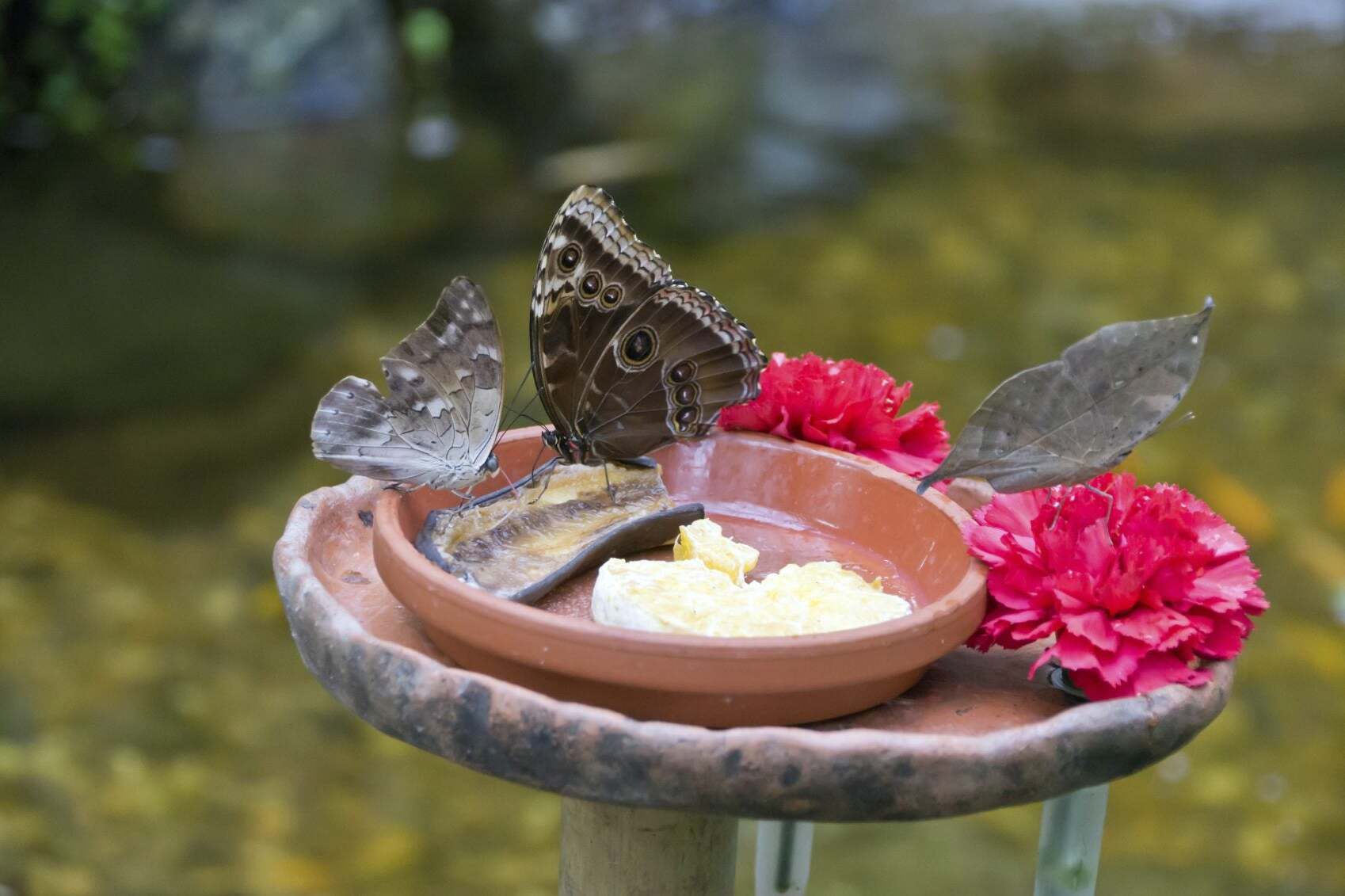
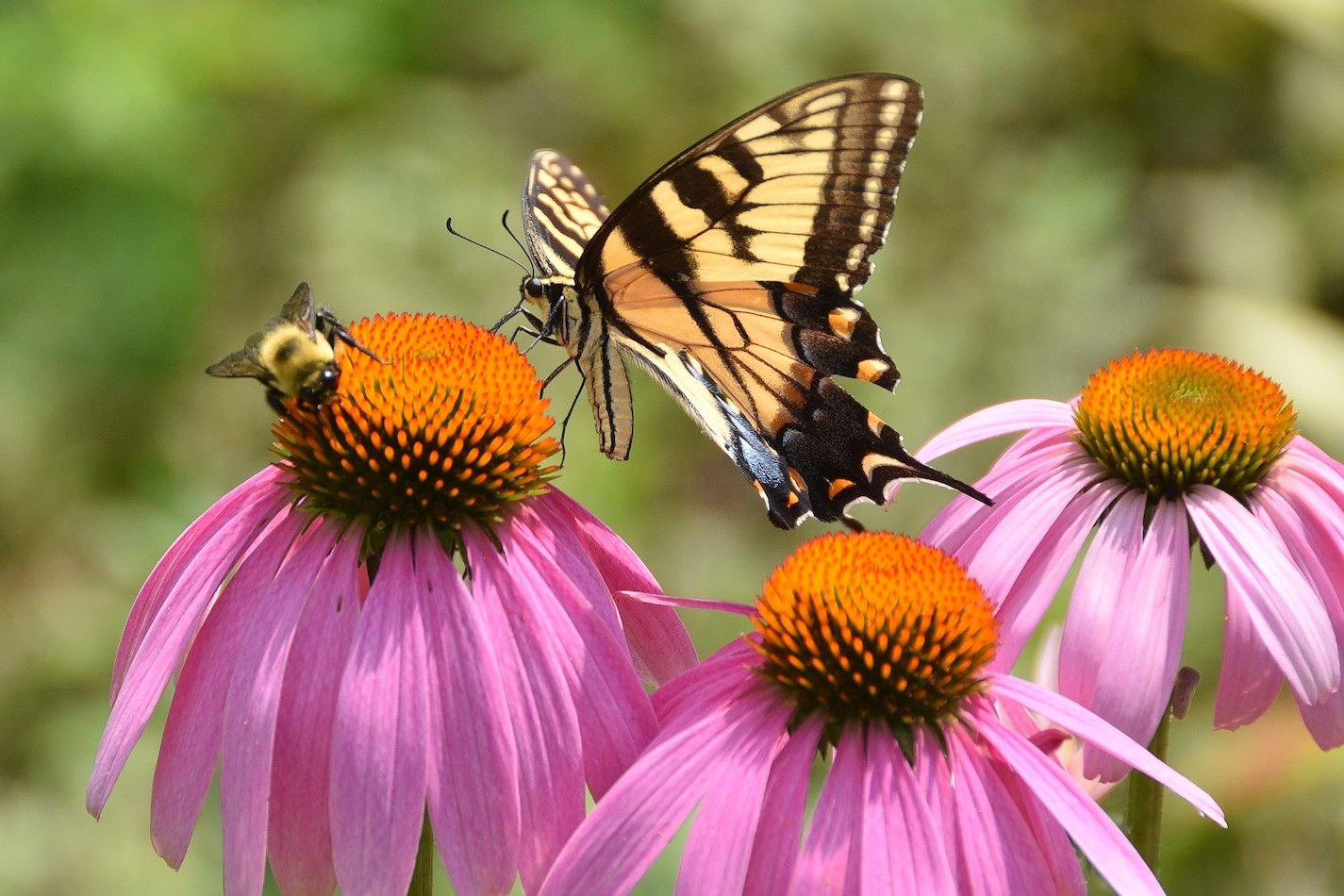
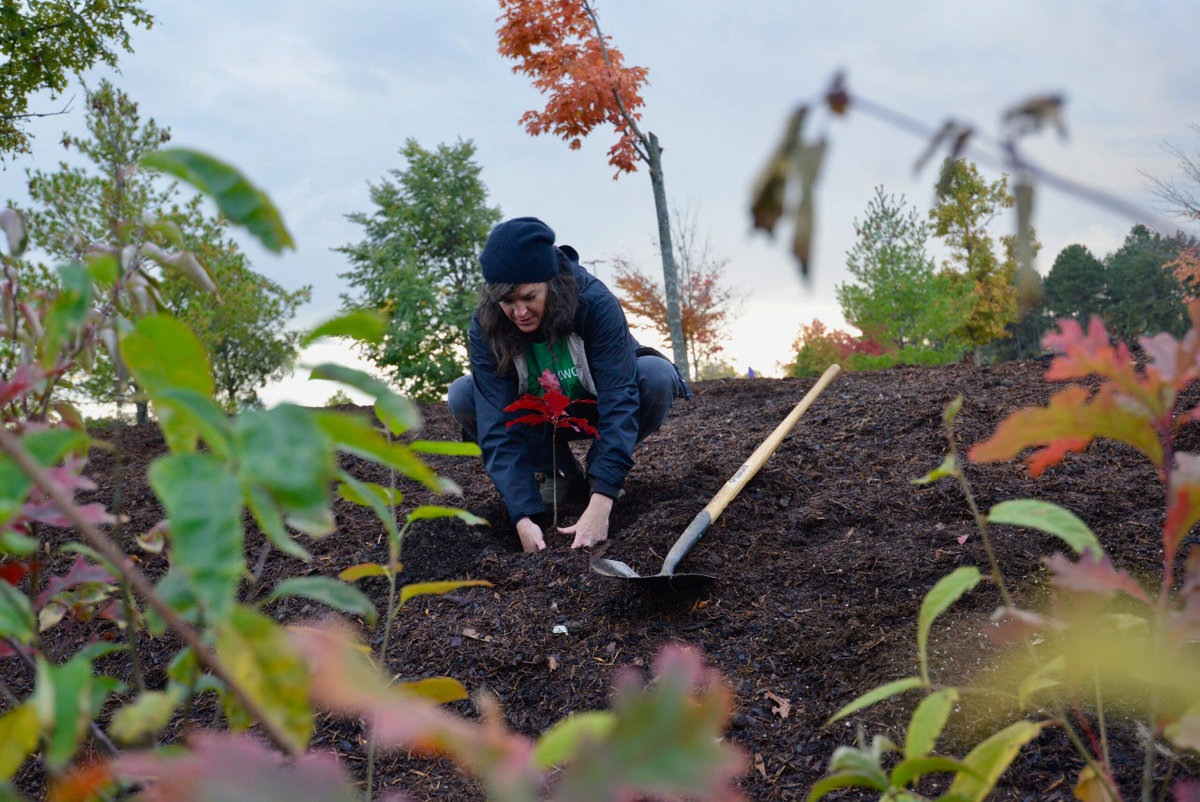
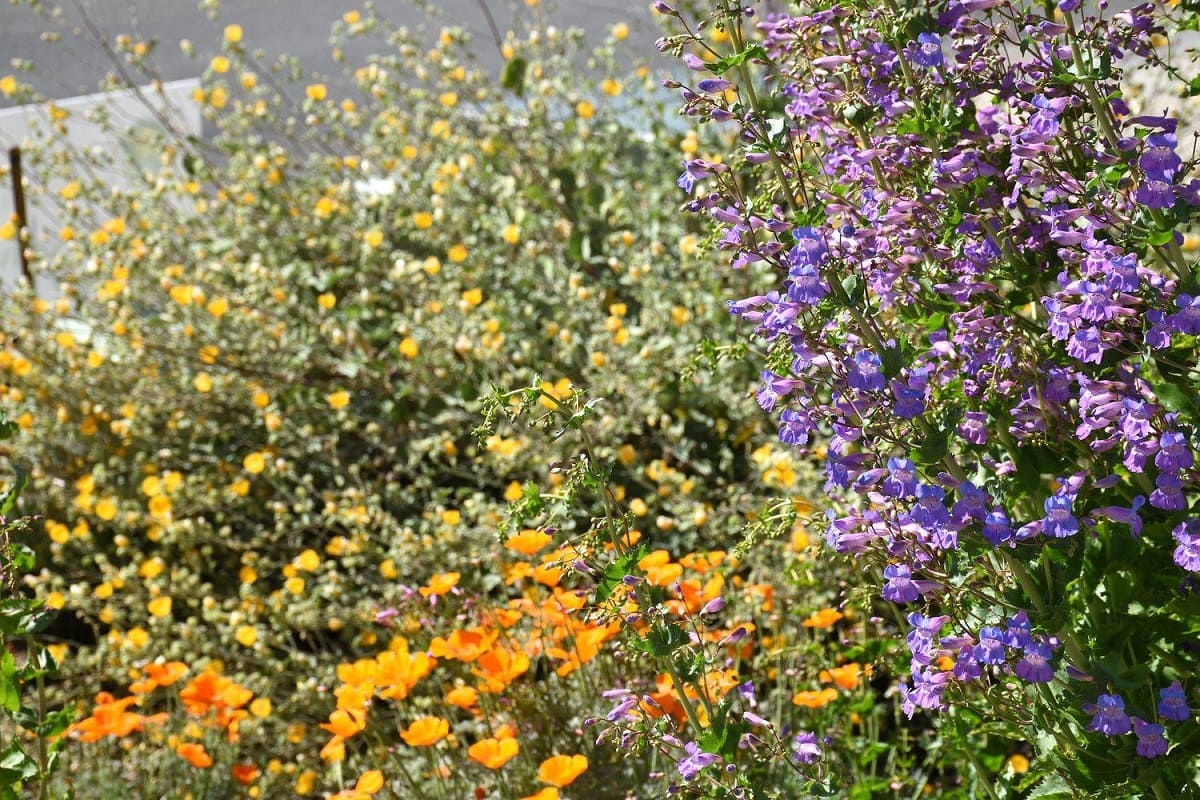
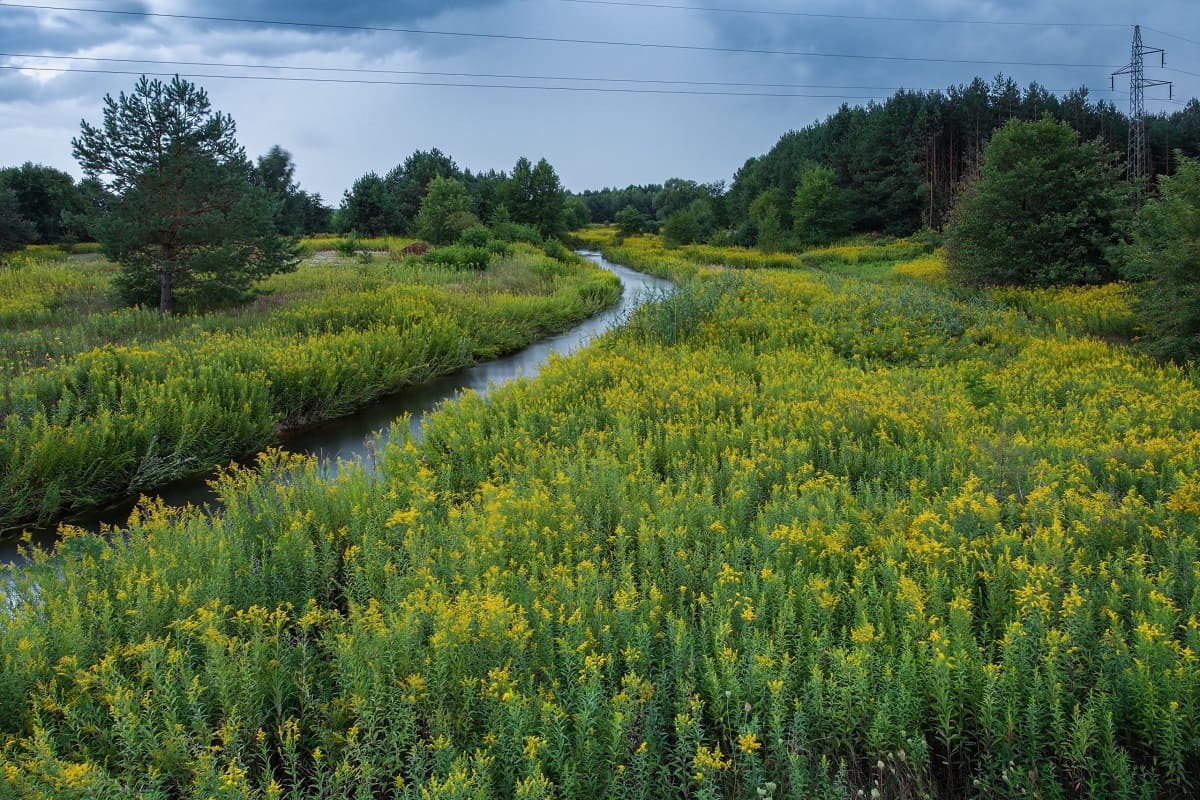
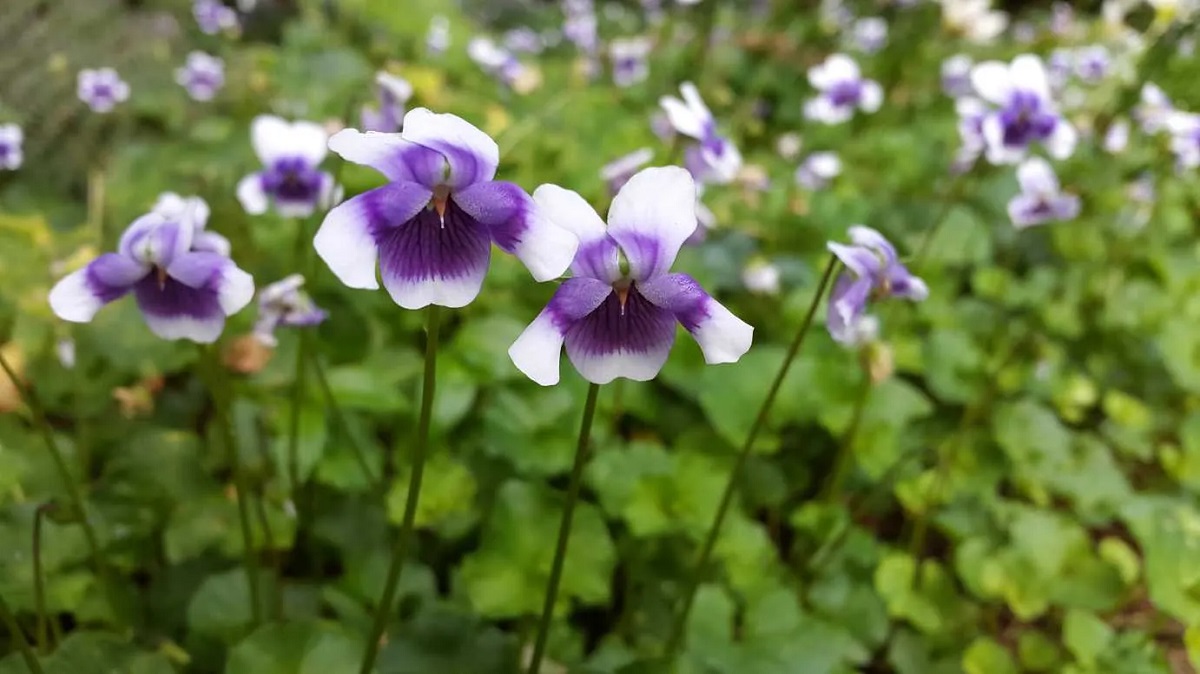
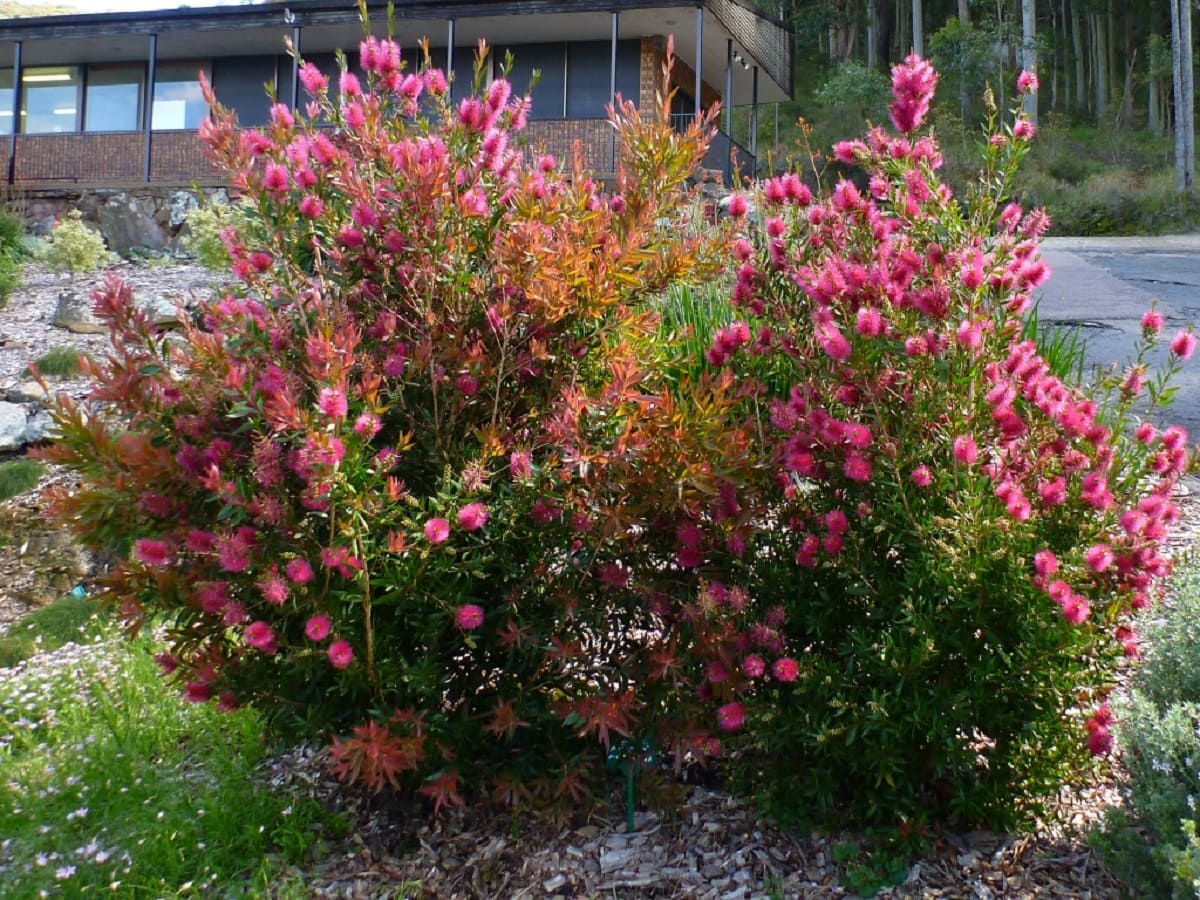
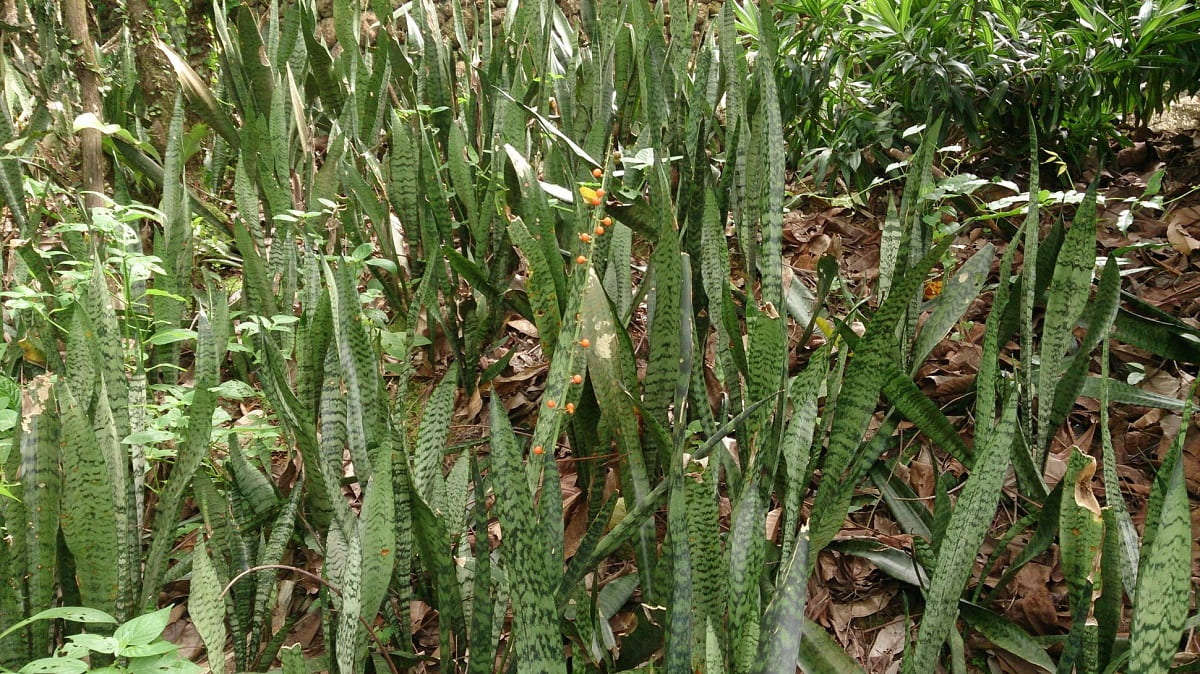
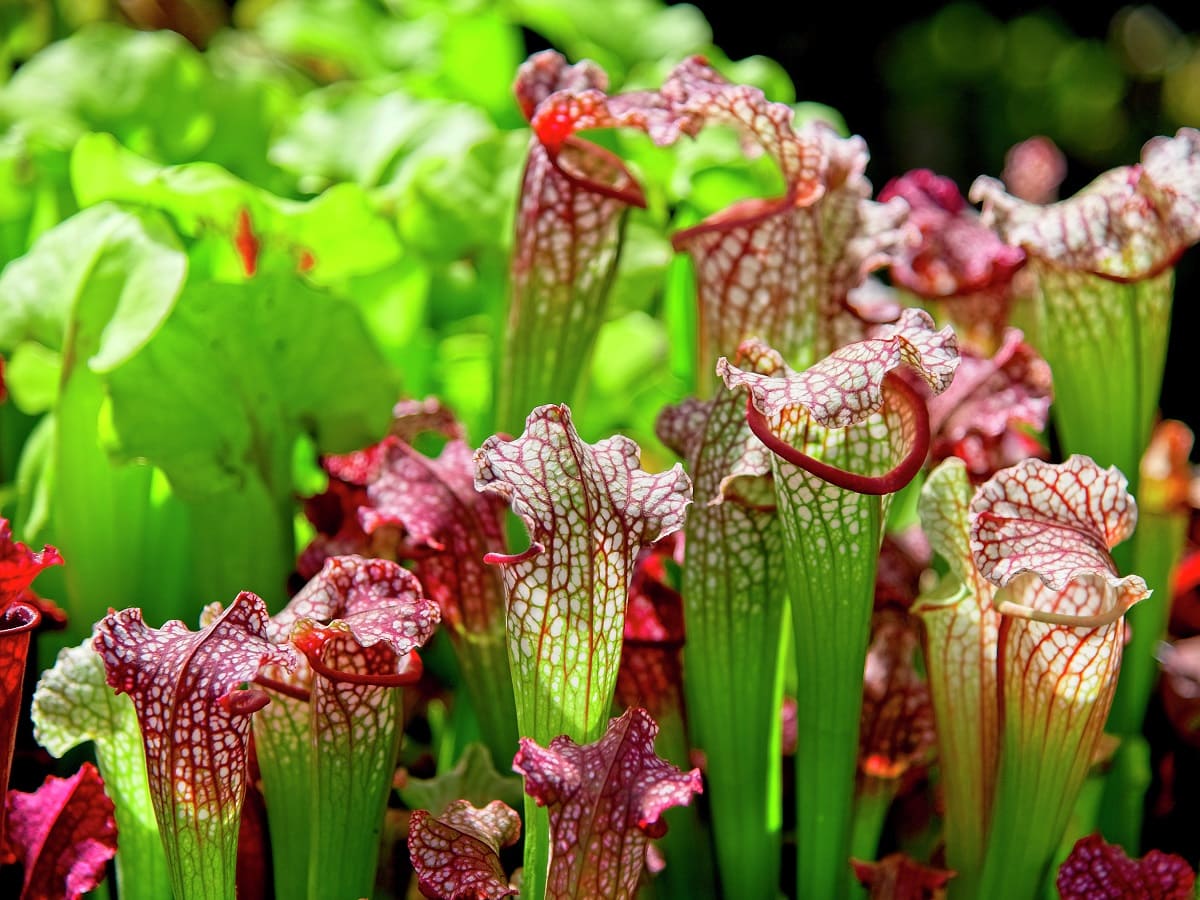
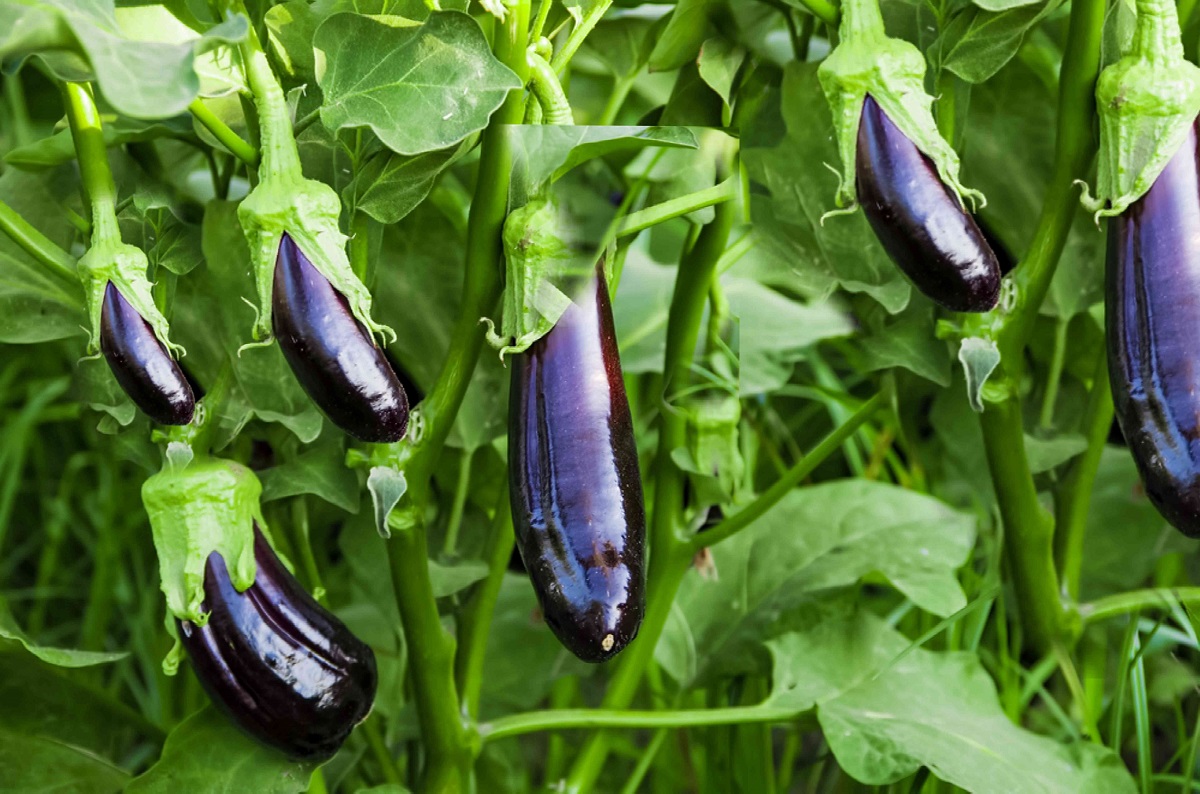
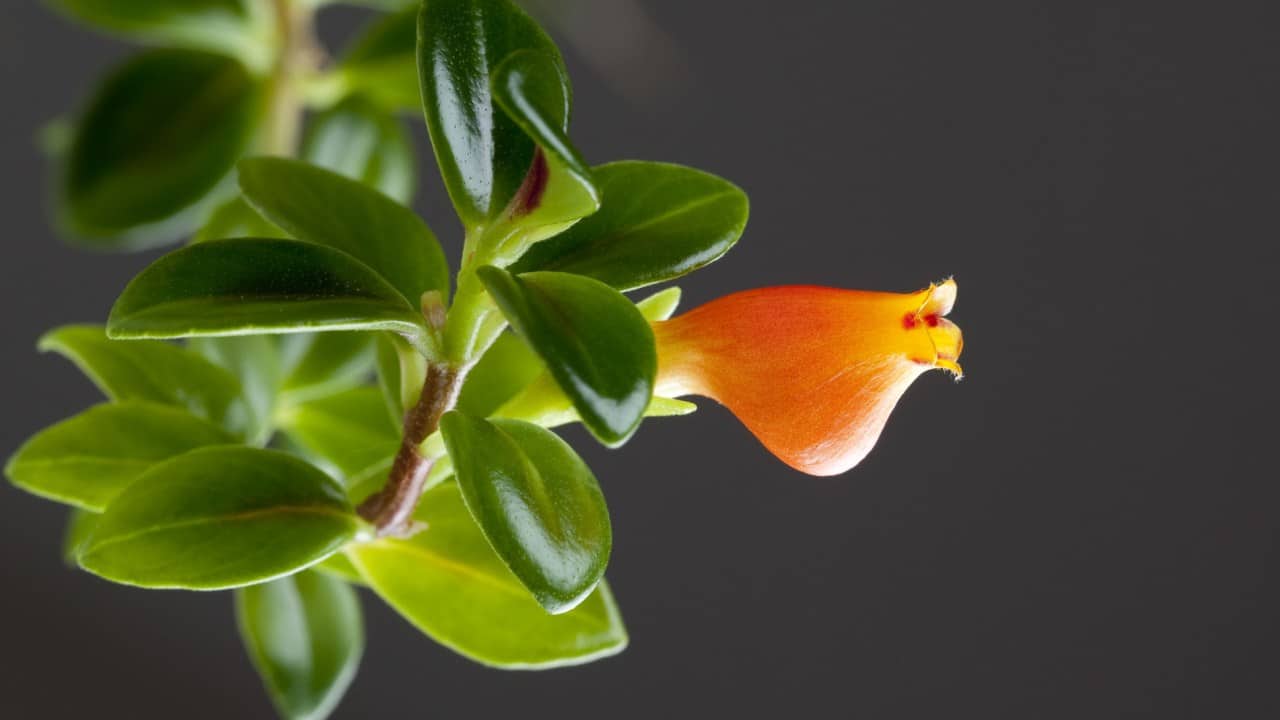
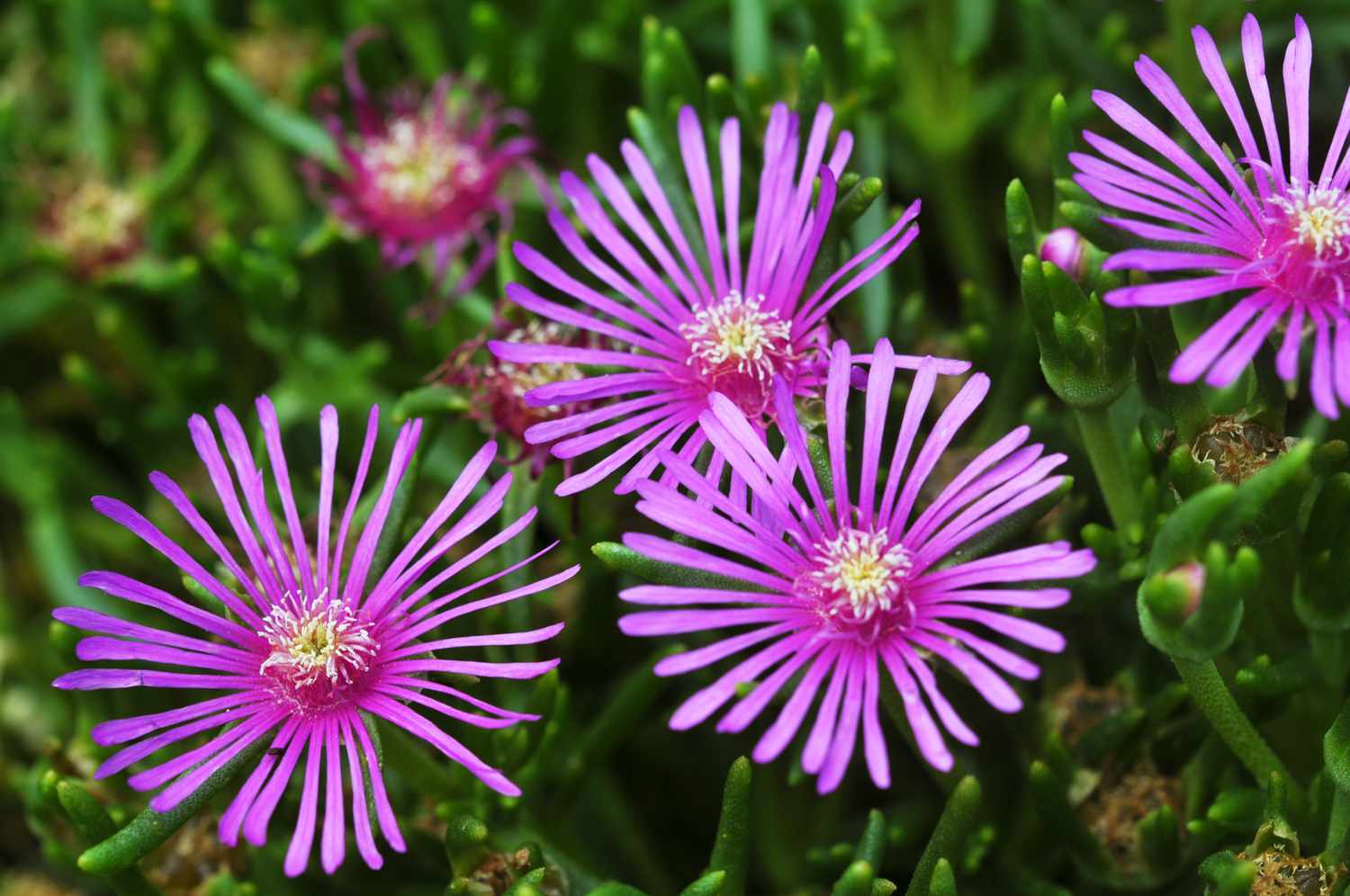
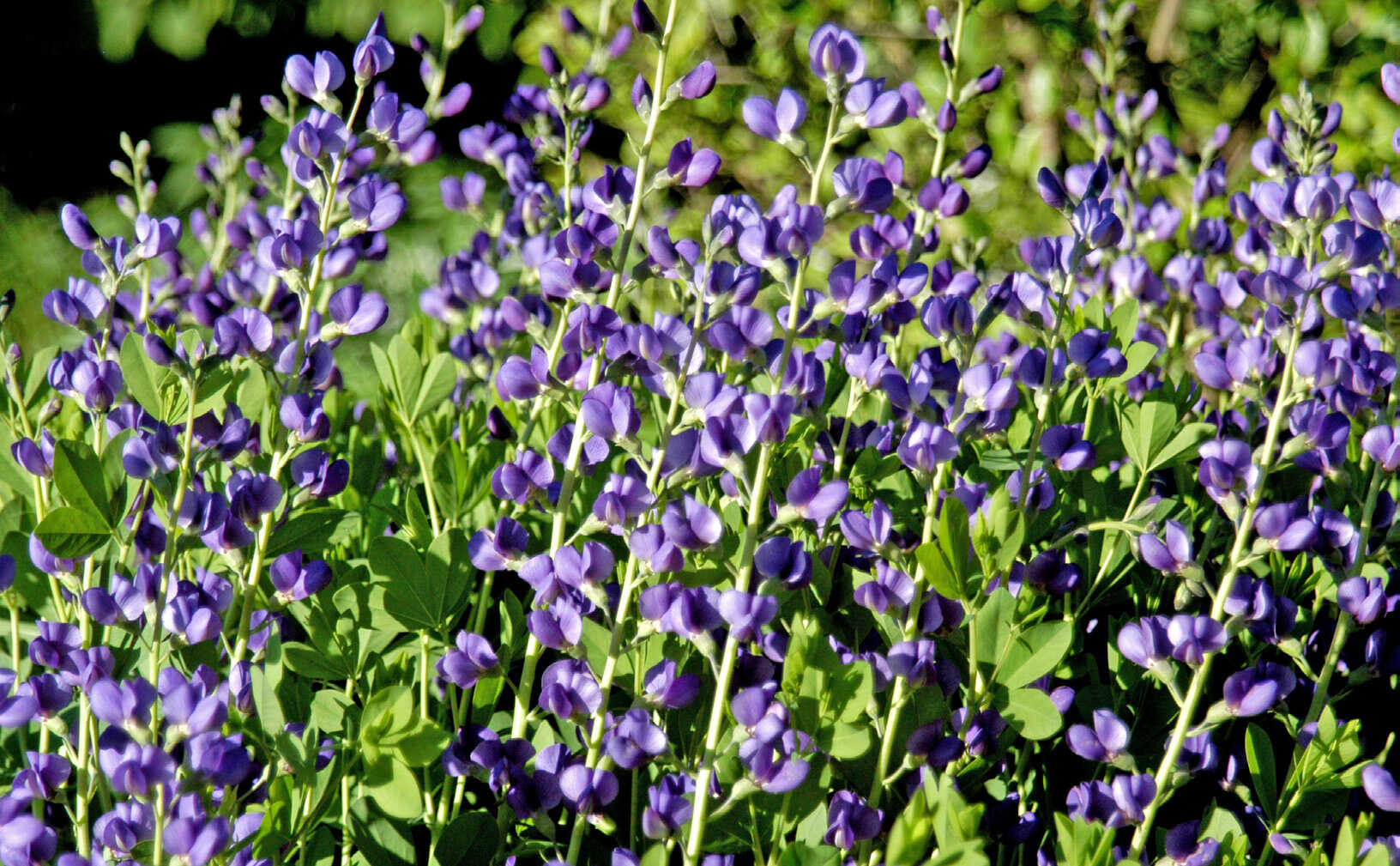
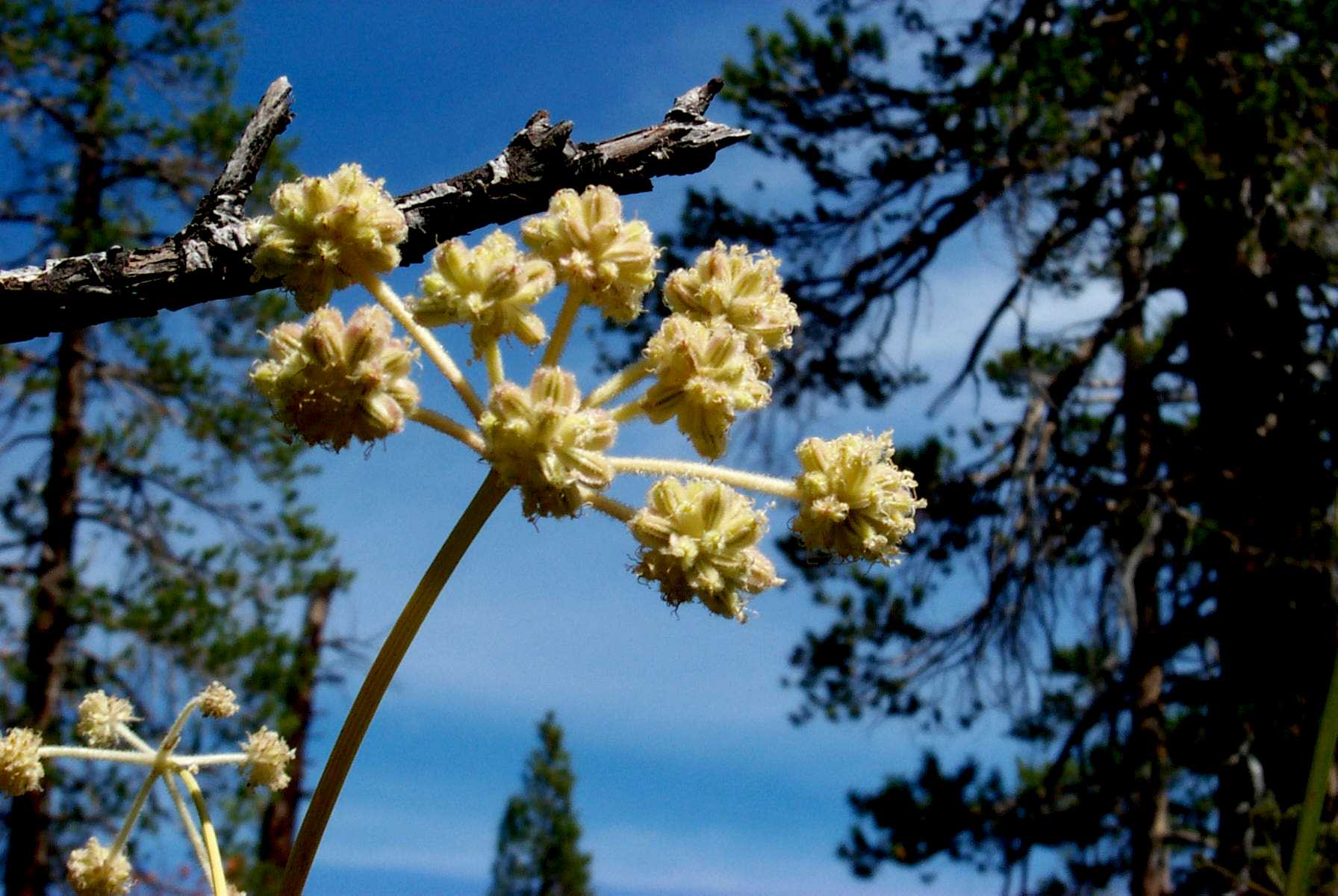

0 thoughts on “How To Plant Native Plants To Attract Pollinators”